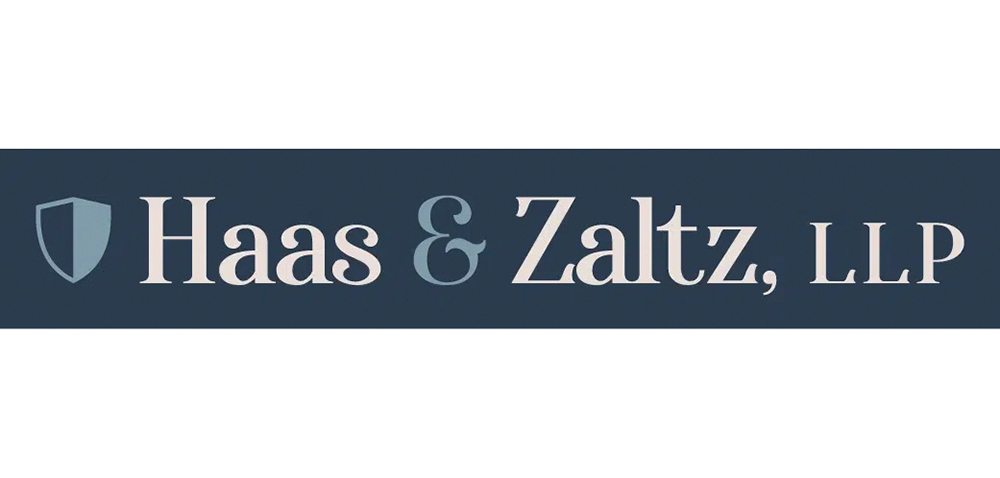
(Courtesy of Haas & Zaltz) Hoarding disorder disproportionately affects older adults, according to the United States Senate Special Committee on Aging. While about 2% of the general population struggles with accumulating too many objects, hoarding impacts over 6% of people aged 65 and older.
The proportion of older Americans is expected to increase from 16% in 2019 to 25% in 2060. With an aging population, hoarding behavior may become more prevalent.
A 2024 Aging Committee report sheds light on hoarding’s negative effects on elders, as older adults who hoard can experience a worsened quality of life.
What Is Hoarding?
An excessive amassing of possessions can indicate hoarding behavior and hoarding disorder (HD), a mental health condition. Hoarding disorder leads to a level of clutter that often makes it difficult for those affected to use and maintain their residences. HD is still a fairly new standalone diagnosis. It first appeared in the Diagnostic and Statistical Manual of Mental Disorders (DSM-5), the go-to guide that health care professionals use to diagnose mental health disorders, only about a decade ago.
Compulsively hoarding items is distinct from collecting items. Collectors focus on a category of item, which is often on proud display. Those with HD tend to have a variety of possessions that may cause embarrassment. They can struggle to keep their homes clean and accessible.
Mental and physical health problems often underlie hoarding behavior. Approximately two-thirds of people with HD have at least one other chronic and severe medical condition as well as another psychiatric condition. Hoarding behavior can be part of other mental health disorders, such as obsessive-compulsive disorder (OCD), schizophrenia, anxiety and depression.
If not a symptom of another disorder, it can constitute its own diagnosis as HD. Though hoarding has a genetic component, traumatic events, like experiencing violence or grieving the death of a loved one, can trigger or exacerbate the behavior.
Many people with hoarding disorder struggle to see its negative effects on their lives. For these individuals, decluttering can be an extremely distressing experience, and they may become distrustful of people who try to help.
Hoarding’s Adverse Effects On Older Adults
Older community members who experience hoarding can face significant challenges. In addition to worsening a person’s quality of life, hoarding can lead to isolation, loneliness and housing problems.
When objects crowd a home, living conditions can become unusable and unsafe. Finding things in a cluttered environment is often difficult. This can create problems with locating important documents, such as the items necessary to apply for public benefits and assistance programs.
As items pile up, older residents can encounter problems using their homes. For instance, according to one study published in the journal Health & Social Work and cited in the Aging Committee report: 80% of older adults experiencing hoarding struggled to move about their homes; 70% could not sit on their sofa; more than half could not access the kitchen to make food.
Aging exacerbates the dangers of hoarding. Changes with vision, cognitive abilities, and energy levels, as well as chronic health problems, can make hoarding more hazardous. Cluttered homes also put seniors at an increased risk for falls. They may be unable to use a walker or wheelchair inside their residences.
Senior renters evicted for hoarding behaviors can experience homelessness or unwanted transfers to long-term care facilities.
Further heightening the risks of adverse effects, hoarding can also make seniors more isolated. Older adults experiencing hoarding report more loneliness. Social stigma can make individuals reluctant to invite people into their homes and accept help.
Treatment and Resources
Today, treatment plan options for hoarding disorder include cognitive behavioral therapy (CBT), exposure therapy, support groups, workshops and, in concert with therapy programs, medication. Research on other potential interventions, including virtual reality therapy, is ongoing. Unfortunately, people with HD and their loved ones may have trouble finding health care providers who specialize in this particular disorder, given its relatively recent addition to the DSM-5.
When trying to discuss hoarding with someone who has HD, approach the conversation with empathy. Start by expressing your concern for their well-being rather than focusing on the clutter itself. Use “I” statements, such as “I am worried about you staying safe,” to avoid sounding accusatory.
Encourage open dialogue by asking how they feel about their living space. Do your best to listen actively, validate their feelings, and show compassion. Offer support and suggest seeking professional help together, emphasizing that recovery is possible. Remember, patience is key, as change takes time and understanding.
You also may want to make a concerted effort to educate yourself on HD. Having HD is not a choice, so avoid placing any blame on an individual with this disorder. Keep in mind that cleaning up any clutter for them can cause them great distress. Expressing frustration or anger with a loved one who has HD can backfire as well.
The following resources can provide support for older people who hoard and their family members. By accessing resources, individuals and their loved ones can combat stigma and take steps to improve quality of life:
Helping Elders Live Productively (H.E.L.P.) is a free education, counseling, and referral resource for older people and their families. H.E.L.P. offers a referral service for those experiencing hoarding, connecting them with legal services, mental health assistance, and support groups; call 310-533-1996 for a referral.
Area Agencies on Aging (AAAs) encompass local public and private nonprofit organizations serving older community members. Certain organizations offer hoarding assistance; find an AAA in your community at https://eldercare.acl.gov/Public/About/Aging_Network/AAA.aspx
Hoarding Cleanup is one more resource for those who would like help finding cleaning companies, storage and recycling services, and more. Search for available resources in your state via the website, https://hoardingcleanup.com/about_us
To learn how to protect you and your family visit www.haaszaltz.com or call 845-425-3900. You can also email them at info@haaszaltz.com.








